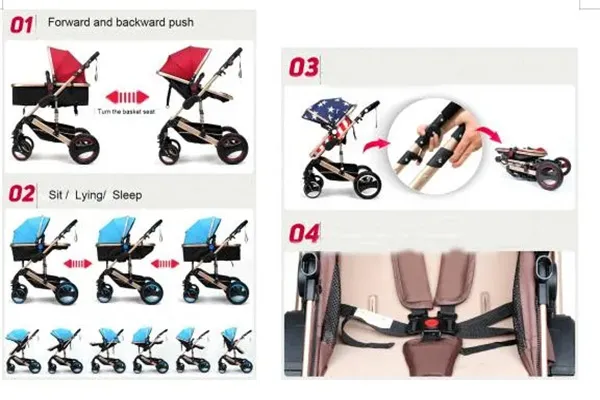
- Afrikaans
- Albanian
- Amharic
- Arabic
- Armenian
- Azerbaijani
- Basque
- Belarusian
- Bengali
- Bosnian
- Bulgarian
- Catalan
- Cebuano
- Corsican
- Croatian
- Czech
- Danish
- Dutch
- English
- Esperanto
- Estonian
- Finnish
- French
- Frisian
- Galician
- Georgian
- German
- Greek
- Gujarati
- Haitian Creole
- hausa
- hawaiian
- Hebrew
- Hindi
- Miao
- Hungarian
- Icelandic
- igbo
- Indonesian
- irish
- Italian
- Japanese
- Javanese
- Kannada
- kazakh
- Khmer
- Rwandese
- Korean
- Kurdish
- Kyrgyz
- Lao
- Latin
- Latvian
- Lithuanian
- Luxembourgish
- Macedonian
- Malgashi
- Malay
- Malayalam
- Maltese
- Maori
- Marathi
- Mongolian
- Myanmar
- Nepali
- Norwegian
- Norwegian
- Occitan
- Pashto
- Persian
- Polish
- Portuguese
- Punjabi
- Romanian
- Russian
- Samoan
- Scottish Gaelic
- Serbian
- Sesotho
- Shona
- Sindhi
- Sinhala
- Slovak
- Slovenian
- Somali
- Spanish
- Sundanese
- Swahili
- Swedish
- Tagalog
- Tajik
- Tamil
- Tatar
- Telugu
- Thai
- Turkish
- Turkmen
- Ukrainian
- Urdu
- Uighur
- Uzbek
- Vietnamese
- Welsh
- Bantu
- Yiddish
- Yoruba
- Zulu
Nov . 21, 2024 16:03 Back to list
how to fix derailleur on mountain bike
How to Fix a Derailleur on a Mountain Bike
The derailleur is a crucial component of your mountain bike’s gear system, allowing smooth transitions between different gears. When it malfunctions, it can hinder your riding experience and performance. Fortunately, fixing a derailleur is often a straightforward task that you can manage with a few tools and a bit of patience. Here’s a step-by-step guide to help you troubleshoot and fix common derailleur issues.
1. Identify the Problem
Before making any adjustments, determine what the issue is with your derailleur. Common problems include skipping gears, not shifting at all, or making a grinding noise.
2. Inspect the Derailleur
Start by visually inspecting the derailleur. Look for any visible damage, such as bent parts or loose screws. Make sure the derailleur hanger (the part on the frame that holds the derailleur) isn’t bent, as this can affect alignment.
3. Adjust the Limit Screws
The derailleur has two limit screws labeled as H (high) and L (low). These screws prevent the chain from shifting off the cassette. To adjust them
- For the High Limit Screw Shift the chain onto the smallest chainring and the smallest cog. Inspect the alignment of the derailleur; it should be directly above the cog. If not, adjust the screw clockwise to raise it or counterclockwise to lower it.
- For the Low Limit Screw Shift to the largest chainring and the largest cog. Ensure that the derailleur doesn’t push the chain off the cog. Adjust as needed.
how to fix derailleur on mountain bike

4. Tension the Cable
If your bike isn’t shifting properly, the cable tension may need adjusting. To do this
- Locate the cable adjuster on the derailleur. Turn it counterclockwise to increase tension or clockwise to decrease it. Small adjustments can dramatically change shifting performance, so make gradual changes.
5. Align the Derailleur
If the derailleur appears to be misaligned, you can gently bend it back into position. Use your hands carefully; applying too much force can break it. Alternatively, if the derailleur is severely damaged, consider replacing it.
6. Test the Shifting
After making adjustments, test the shifting by cycling through all gears under light load. Ensure that each shift is smooth, and the chain doesn’t skip or hesitate.
7. Regular Maintenance
To prevent future issues, keep your derailleur clean and lubricated. Regularly check cable tension and limit screw alignment, especially after rides on rough terrains.
In conclusion, fixing a derailleur doesn’t have to be a daunting task. With regular maintenance and a few simple adjustments, you can ensure a smoother ride and extend the life of your mountain bike. Happy riding!
-
The Ultimate Kids' Four-Wheeler Experience
NewsJul.09,2025
-
The Ultimate Guide to Mountain Bikes: Gear Up for Your Ride
NewsJul.09,2025
-
The New Age of Cycling: Electric Bikes for Every Rider
NewsJul.09,2025
-
The Best Kids Bicycles: Ride in Style and Safety
NewsJul.09,2025
-
The Best 3-Wheel Scooters for Kids: Fun, Safety, and Adventure
NewsJul.09,2025
-
Revolutionize Your Ride: Affordable Electric Bikes
NewsJul.09,2025
-
Finding the Perfect Mountain Bike for Every Rider
NewsJul.09,2025



